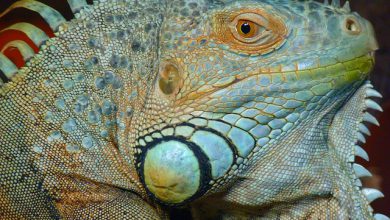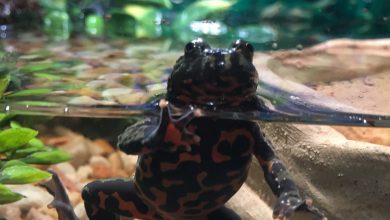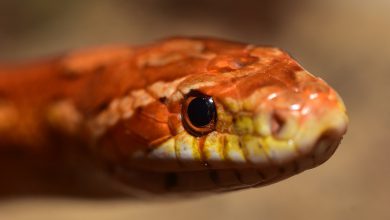Growing Indoor Plants for Your Exotic Pets – The Tye-Dyed Iguana
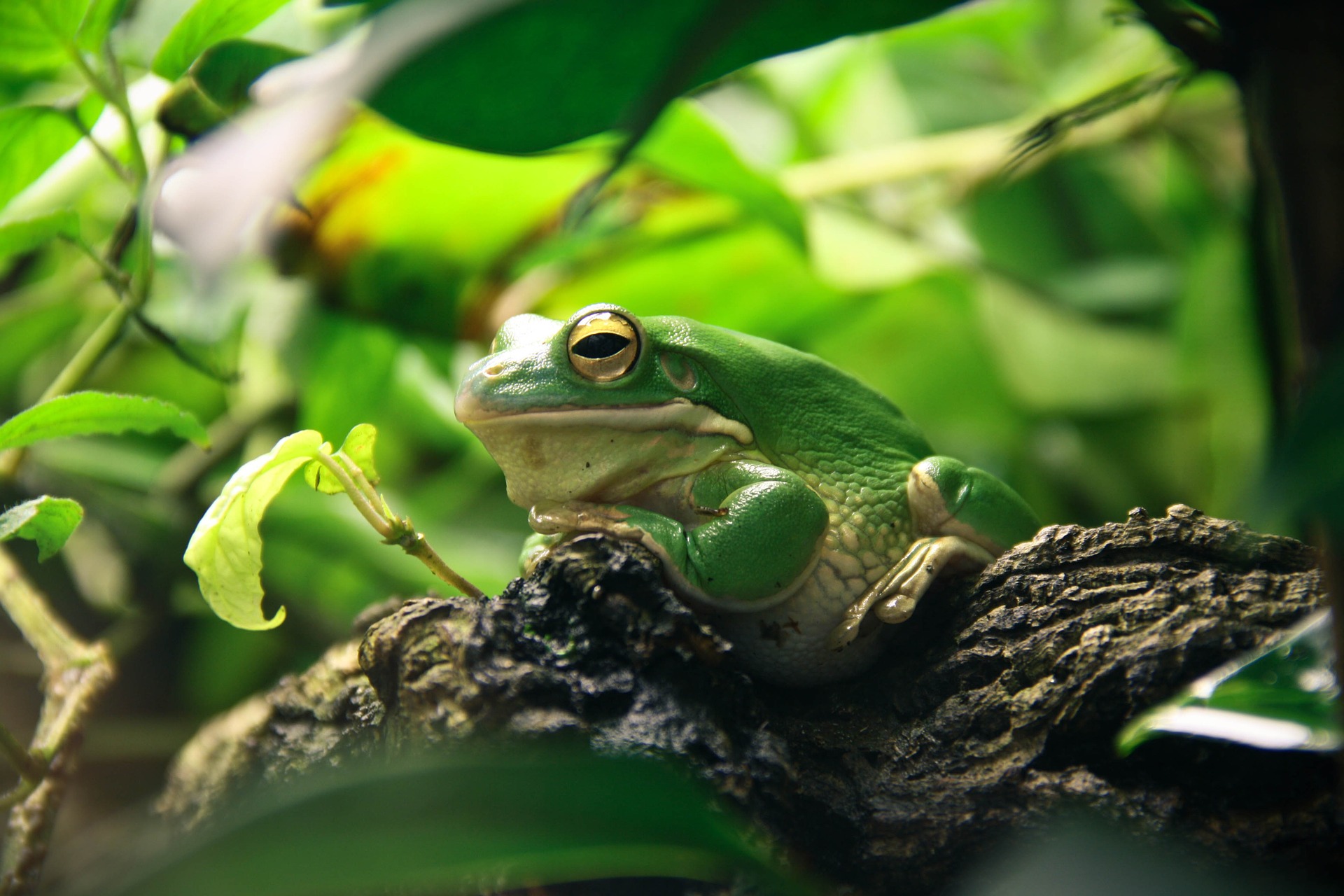
Have you thought about combining your interests in indoor gardening and exotic pets? Yes, it is possible to grow plants in your reptile or amphibian terrarium.
Gardening in your petâs tank, however, is going to take constant maintenance work, so you should be aware of that upfront and proceed if gardening is something you enjoy. Or if you just love your pet so much you want to give it something extra.
Which exotic pets eat plants
When we talk about growing indoor plants for exotic pets, we need to talk about which animals actually eat vegetation. You can grow plants in an enclosure for reptiles and amphibians that donât eat plants, but the considerations are a little different in that case. You only have to watch for toxicity in case of accidental ingestion or overexposure. If these plants die, your herp loses some décor and hiding spots.
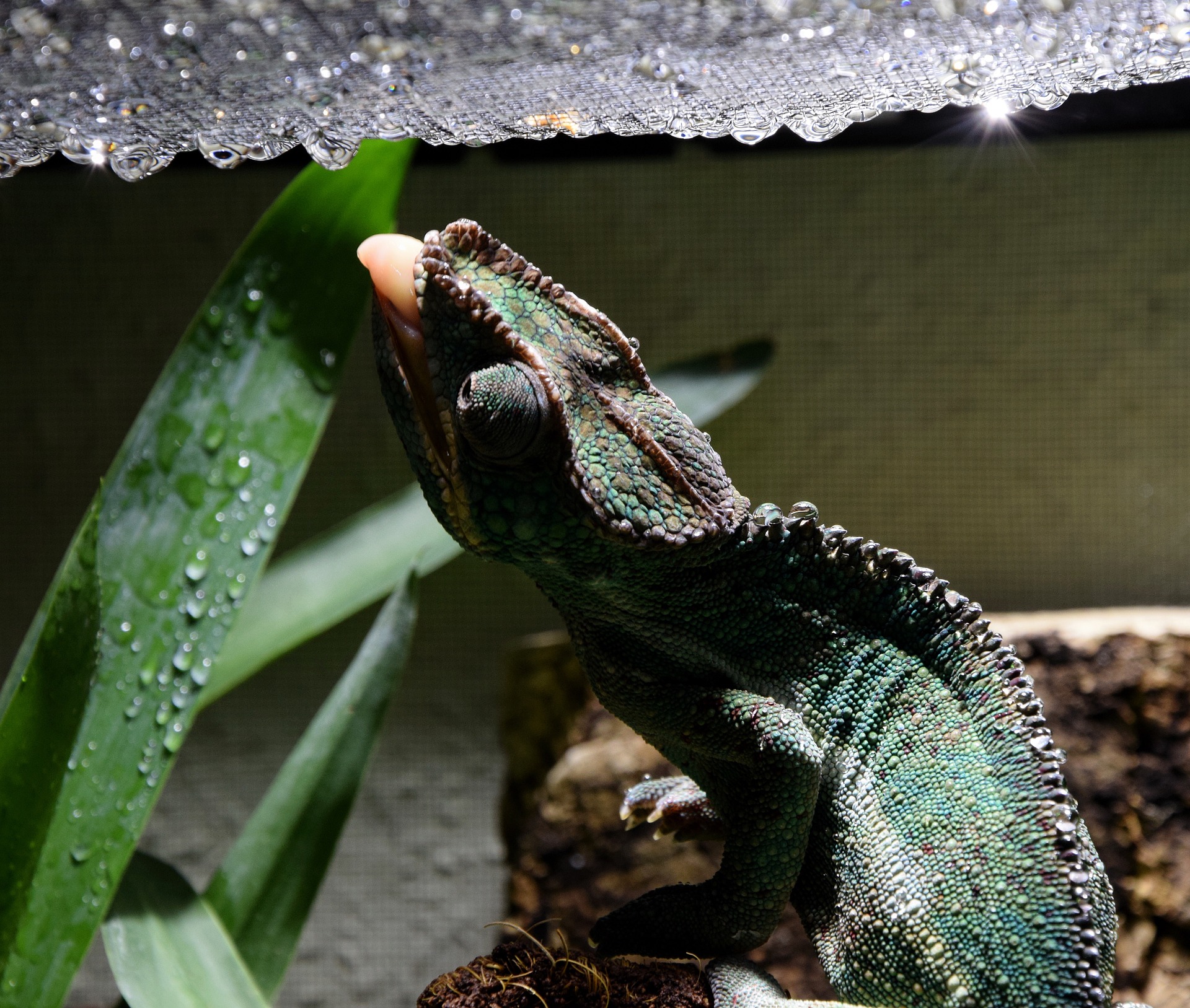
For herps that eat plants, you not only want to look for things that arenât toxic, but that also provide the right nutrition without being difficult to grow indoors. Exotic pets that eat plants include tortoises, turtles, bearded dragons, iguanas, tegus, and others. Be aware that some of these animals are omnivores and still need other food sources than plants.
Letâs note, also, that you should not depend upon tank plants to fulfill all of your exotic petâs nutritional needs. These ideas are for supplementing the rest of your herpâs diet.
Getting started planting in a terrarium
Which plants you grow really depends on the pets you keep. In general, dark leafy greens and other vegetables are healthy choices. Many exotic pets can also eat certain flowers and weeds. Planting grass is also an excellent idea for tortoises in particular. Always check whether a plant is toxic before growing it in the terrarium.
An easy way to grow plants in the terrarium while providing the best environment for both animal and plant is to grow your terrarium plants in pots. You can start the potted seeds in a windowsill or start them right in the tank. Either way, keep your usual substrate in the tank, and fill only the pot with potting soil. Then, bury the pot in the substrate so that just the top rim is visible. This allows you to easily remove the pot if the plant isnât doing well or you want to change out the vegetation you offer your pet.
https://www.youtube.com/watch?v=gvnzjbbGnMk
You will also need to make sure you provide adequate lighting for the plants. UV lighting for your pet comes first though. If your pet has specific lighting needs, use those lights for the plants too. Otherwise, you can use grow lights. You may need to rotate plants in an out of the terrarium to a sunny or well-lit spot to get adequate growth.
Benefits to herps that donât eat plants
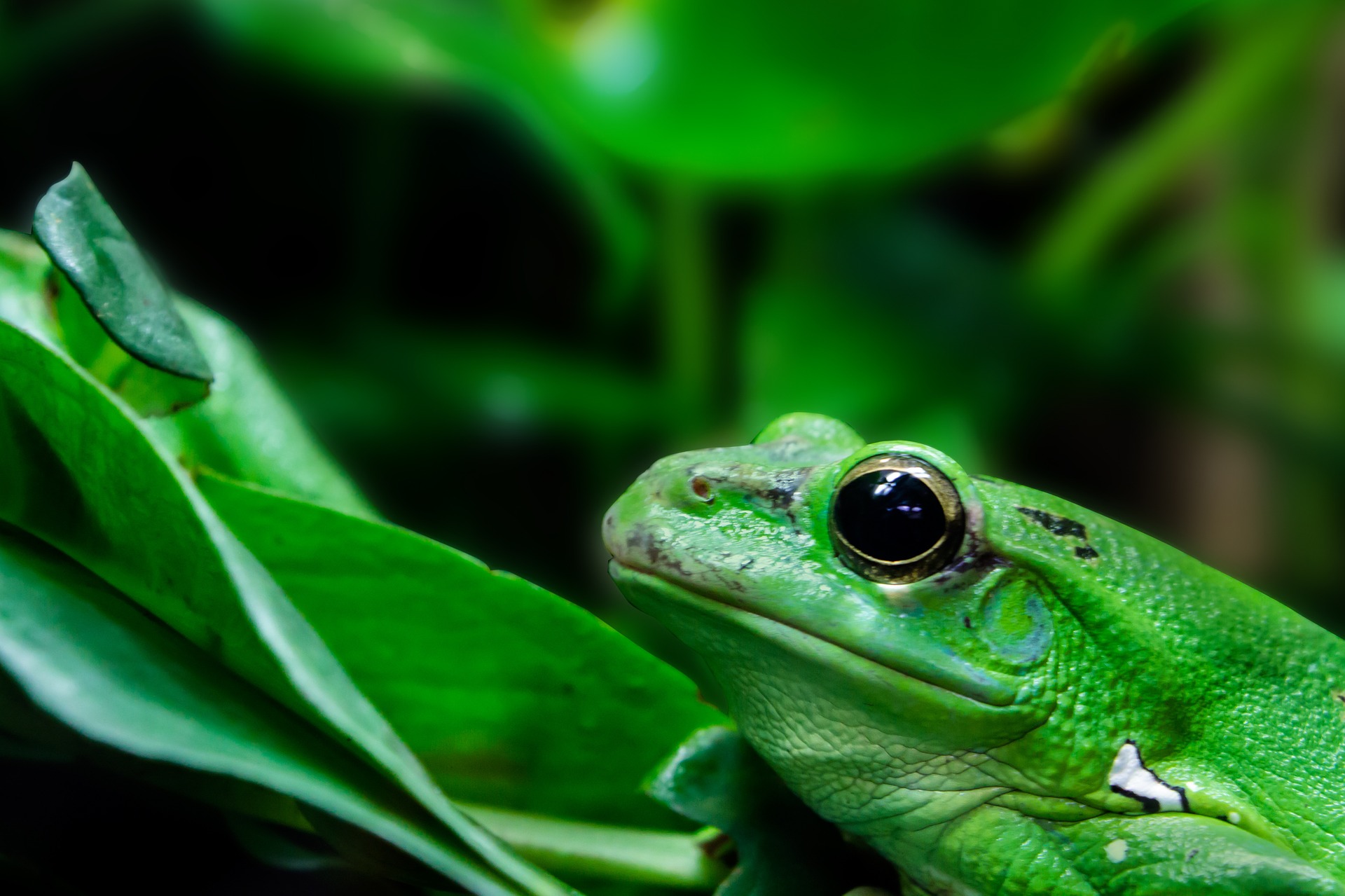
Did you know that plants are beneficial to all amphibians and reptiles? Your exotic pet doesnât have to eat the plants to benefit from them. Adding plants to an animalâs habitat can provide humidity and air purification. It can also provide needed exercise and enrichment for climbing pets, like chameleons. In those cases, instead of planting edibles*, try these easy to grow, non-toxic plants.
- Aloe vera
- Cactus
- Snake plant
- Geranium
- Peace lily
- Woody shrubs
*Some of these plants are also edible for certain species.
Indoor Cultivator carries a variety of plants, including those you can put in your pet tank. In fact, our team is knowledgeable about exotic pet care, too. So come in and ask us about terrarium plants.
